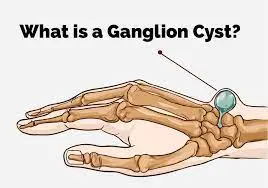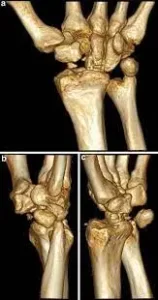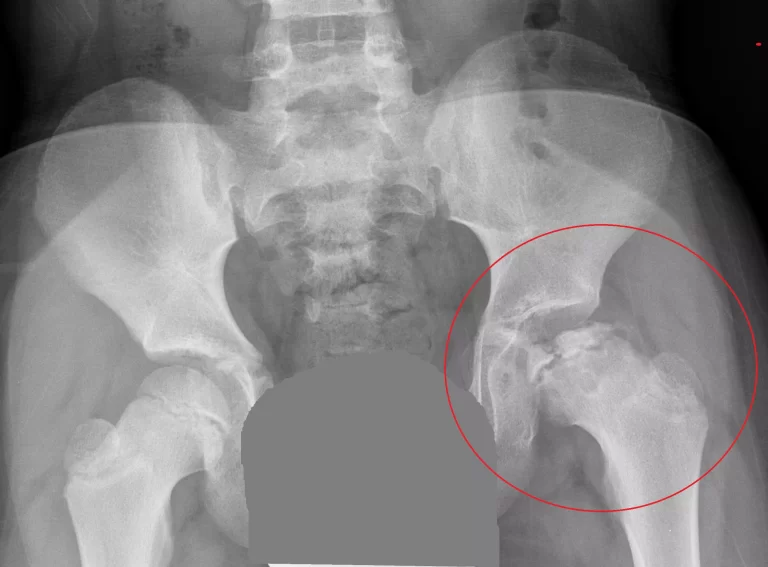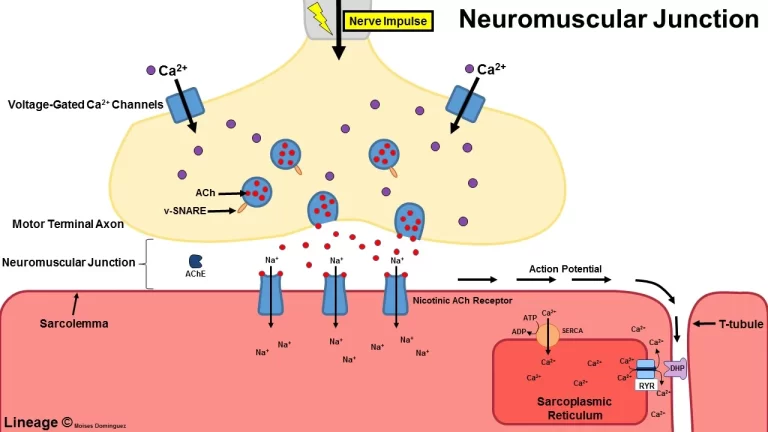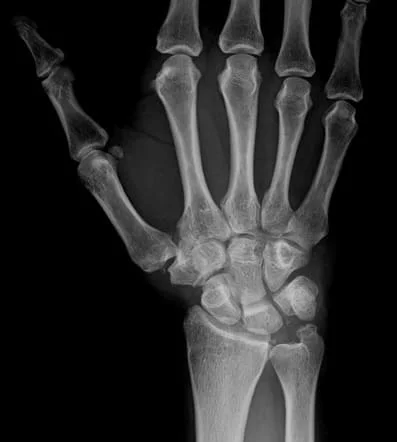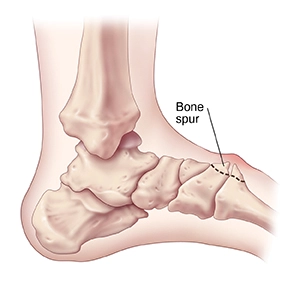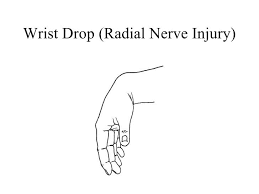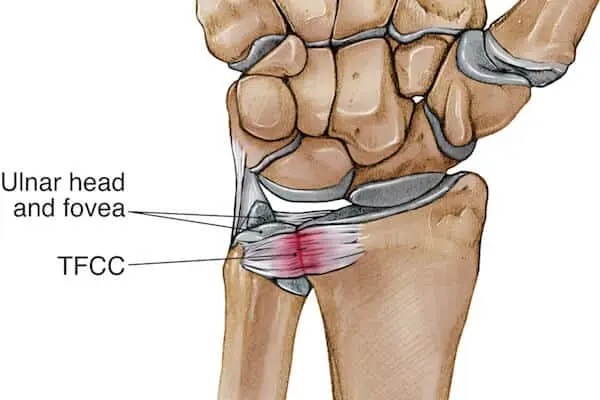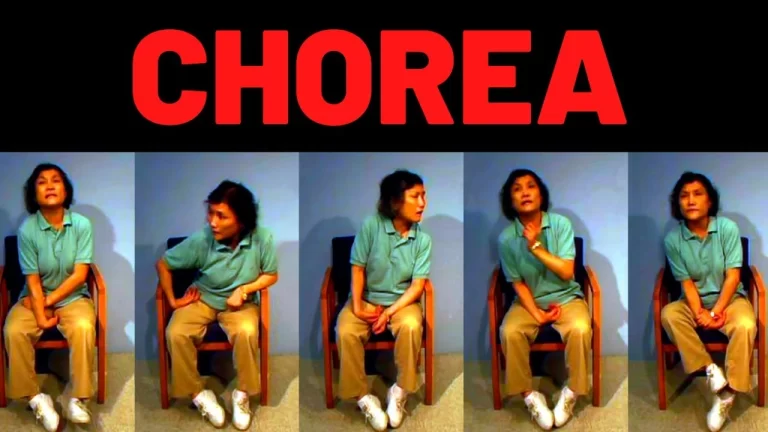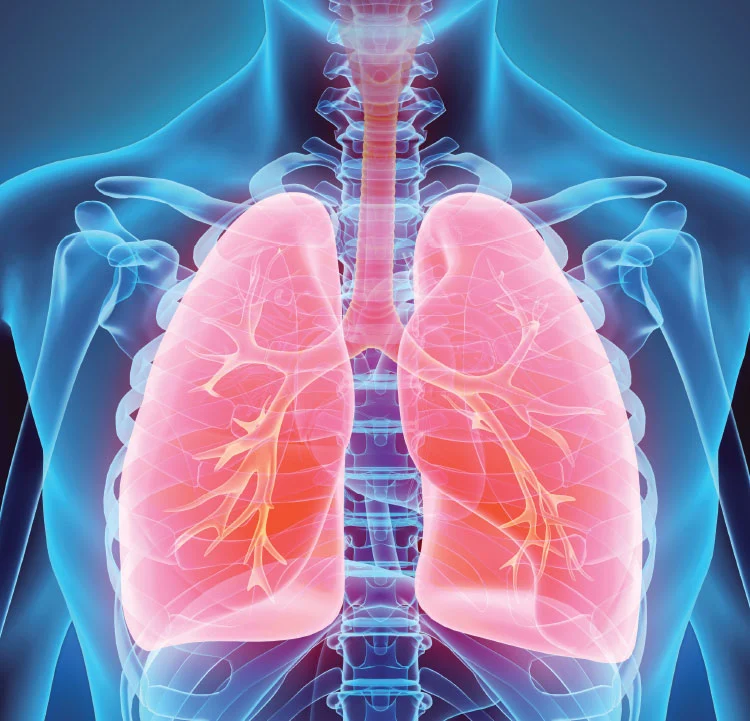Ganglion Cyst
What is a Ganglion Cyst? A Ganglion Cyst is a lump that forms on the hand or wrist, typically near joints or tendons. It’s often characterized as a mass, swelling, or bump. Ganglion cysts are quite common and tend to appear in specific locations, frequently emerging on the back of the wrist, towards the center….

